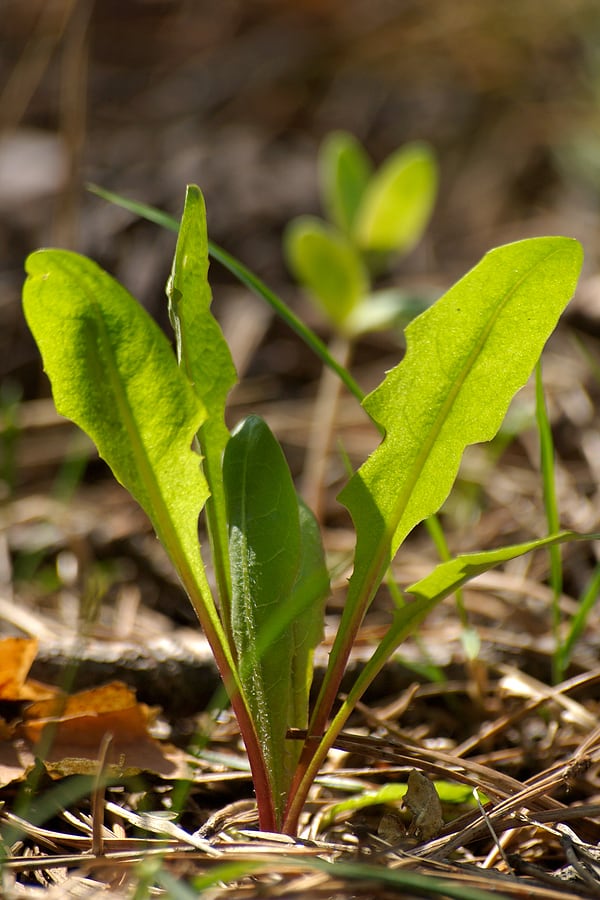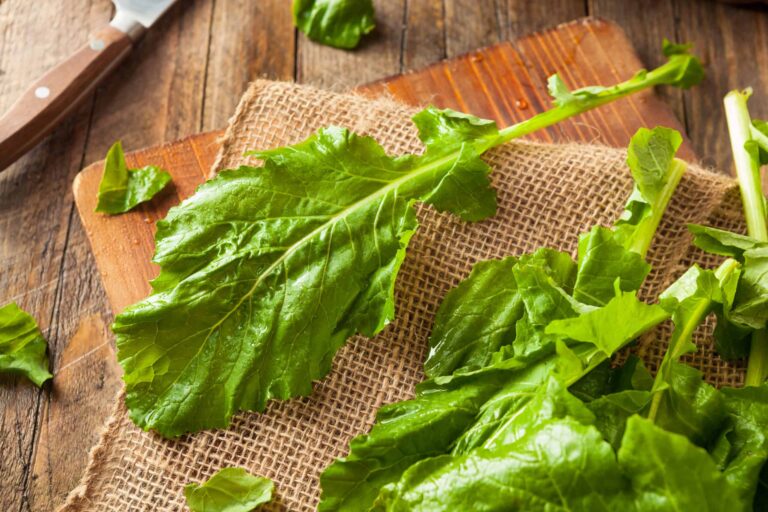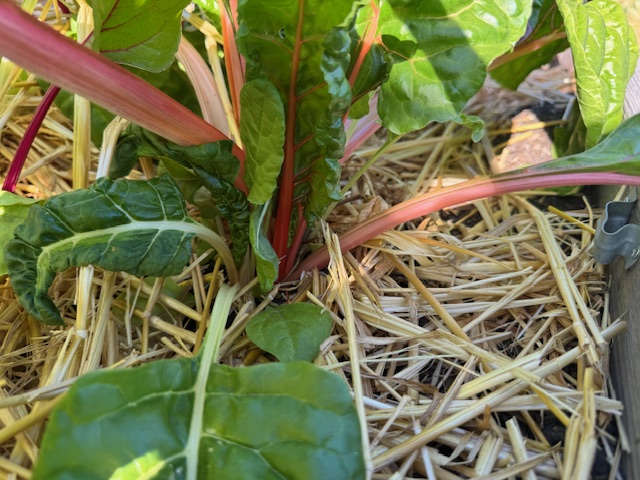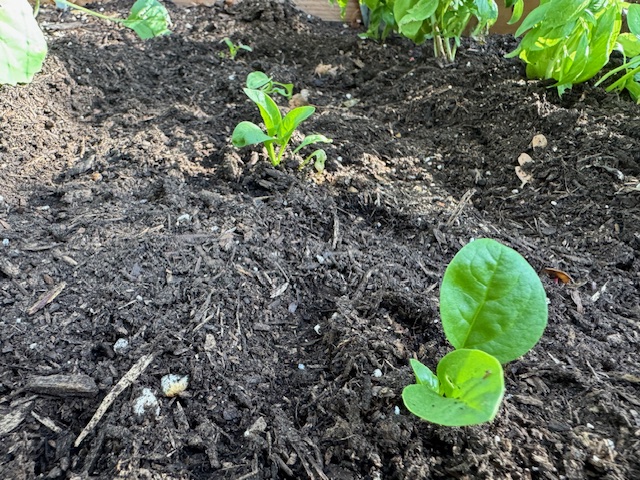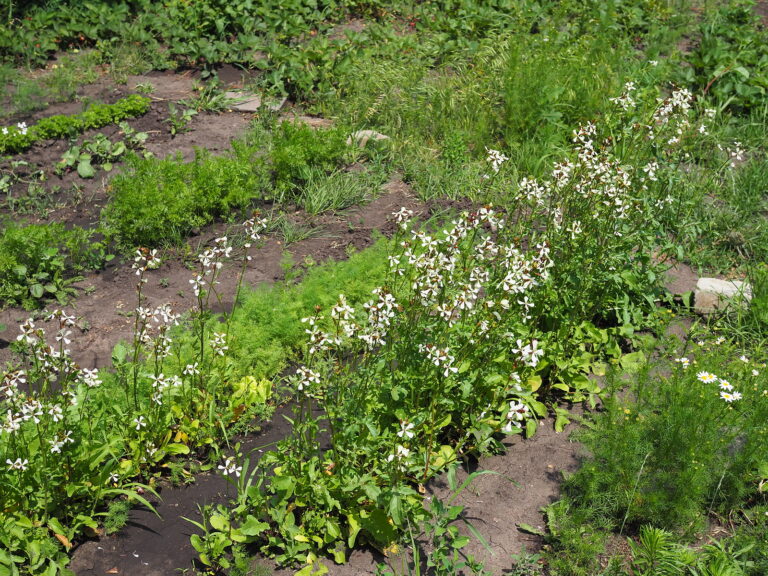How Much Water Does Kale Need? A Watering Guide
Watering kale correctly is essential for growing lush, tender leaves packed with flavor and nutrients. From my 30+ years of experience gardening in California’s Sonoma Valley and previously in Iowa’s more humid climate, I’ve learned that while kale is relatively drought-tolerant compared to other greens, consistent moisture is key to avoiding bitterness and stress.
In this guide, I’ll share expert tips on how much water kale needs, when to water, and best practices to keep your plants thriving all season long.
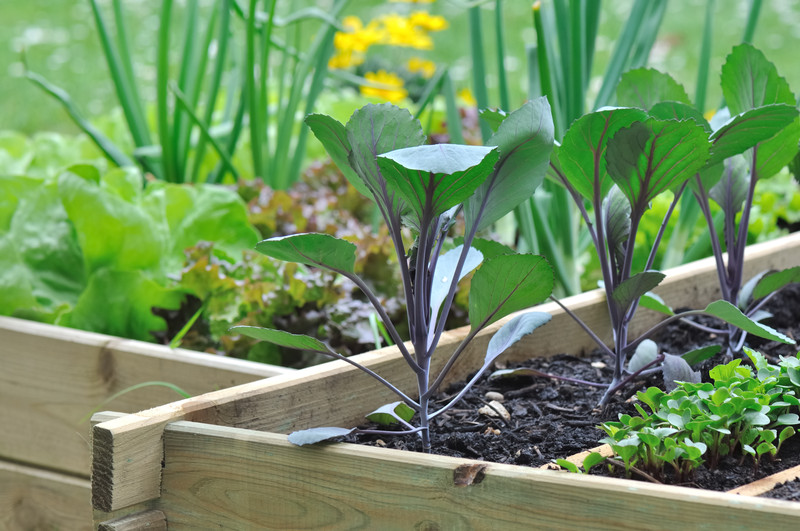
How Much Water Does Kale Need?
Kale requires about 1 to 1.5 inches of water per week, whether from rainfall or irrigation. This keeps soil evenly moist but not soggy, allowing roots to absorb nutrients efficiently. In my experience, during hot, dry summers, especially in places like Sonoma Valley, kale may need watering every 2–3 days. Conversely, in cooler or rainy climates like Iowa, watering frequency can be much less.
Signs Your Kale Needs Water
- Wilting Leaves: Leaves may droop in the heat of the day but should recover by evening if watering is adequate. Persistent drooping means stress.
- Dry Soil: Check soil 1–2 inches deep. If it feels dry, it’s time to water.
- Bitter or Tough Leaves: Underwatering causes kale to become bitter and tough, reducing quality and yield.
Best Practices for Watering Kale
1. Water Deeply and Infrequently
Shallow watering encourages weak, surface roots. Deep soaking encourages roots to grow deeper, making plants more resilient. I recommend watering so that moisture penetrates 6–8 inches deep.
2. Water Early in the Day
Watering in the morning reduces evaporation and allows foliage to dry before night, minimizing disease risk.
3. Avoid Overwatering
Kale doesn’t like soggy soil. Waterlogged roots can lead to rot and fungal issues. Ensure your garden bed drains well.
4. Use Mulch to Retain Moisture
A 2–3 inch mulch layer helps keep soil moist and cool. I’ve found organic mulches like straw or shredded leaves work best.
Adjusting Watering by Growth Stage
- Seedlings: Require consistent moisture to establish but avoid waterlogging. Mist or lightly water daily.
- Young Plants: Water every 2–3 days, ensuring the soil stays moist but not soaked.
- Mature Plants: Water deeply once or twice a week depending on weather and soil.
Insight: My Kale Watering Lessons
Growing kale in Iowa’s humid summers was easier for moisture management, but in California’s hot, dry climate, I had to adjust watering practices drastically. I learned that balancing adequate hydration without drowning plants is an art. Proper watering combined with good soil preparation and mulching produces kale that is tender, sweet, and abundant.
🥬 Kale Learning Hub
Start here: The Ultimate Kale Growing Guide: From Seed to Harvest
1. Types and Varieties of Kale
- Different Types of Kale Explained: Curly, Flat, Russian & Tuscan
- Best Kale Varieties for Different Climates
2. Planting and Timing
- Kale Seed Starting Tips
- When to Plant Kale for Fall, Winter, and Spring Harvests
- Succession Planting Kale for a Continuous Harvest
- How to Space and Thin Kale for Maximum Yield
- Zone-by-Zone Kale Planting Calendar
3. Seasonal Growing
- How to Grow Kale in Cold Climates and Overwinter Successfully
- Can You Grow Kale in Summer? Tips for Heat-Stressed Plants
4. Care and Maintenance
- How Much Water Does Kale Need? A Watering Guide
- How to Fertilize Kale for Lush Leaf Growth
- Best Companion Plants for Kale (And What to Avoid)
- How to Prune Kale for Continued Production
5. Container Gardening
6. Pests and Diseases
7. Harvest and Storage
- How to Harvest and Store Kale
- How and When to Harvest Kale Leaves for Best Flavor
- Tips for Extending Kale Harvest Through the Season
8. Kale in the Kitchen

